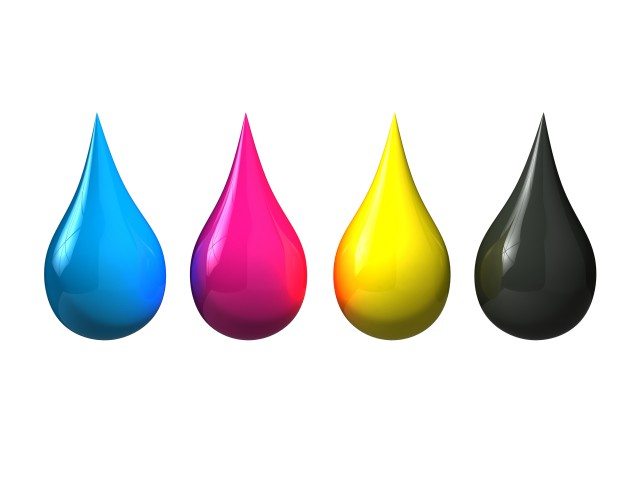Three dimensional (3D) printing has received a lot of attention within the press over recent years, according to a report by ResearchMoz.
Hyped because the technology to bring on a 3rd age, 3D printing technologies were invented in the early 80s, states report entitled 3D Printing Market 2015-2025: Industry Analysis, Size, Shares, Technologies, Players, Growth, Trends And Forecast.
They remained a distinct segment technology till the expiration of a key patent in 2009 allowed several startups to emerge giving low-cost, consumer-level 3D printers.
A media frenzy in 2012 thrust 3D printing into the limelight and major players are reporting dramatic growth in everything from consumer to high-end metal printers.
3D printing encompasses a various printing processes.
The processes square measure all primarily additive in nature, as materials are deposited wherever required, and so leads to considerably less materials wastage than regular producing techniques.
Each technology is appropriate to be used with a unique vary of materials, that successively defines the appropriate applications of the printer.
The technology was originally used for the speedy production of prototypes for type and match testing.
The applications are measure transitioning towards practical testing of prototypes under operating conditions, and in addition, the manufacture of the final product.
3D printing styles do not seem to be forced by producing limitations and style complexity, which opens up design avenues and enables the economic production of lighter components.










